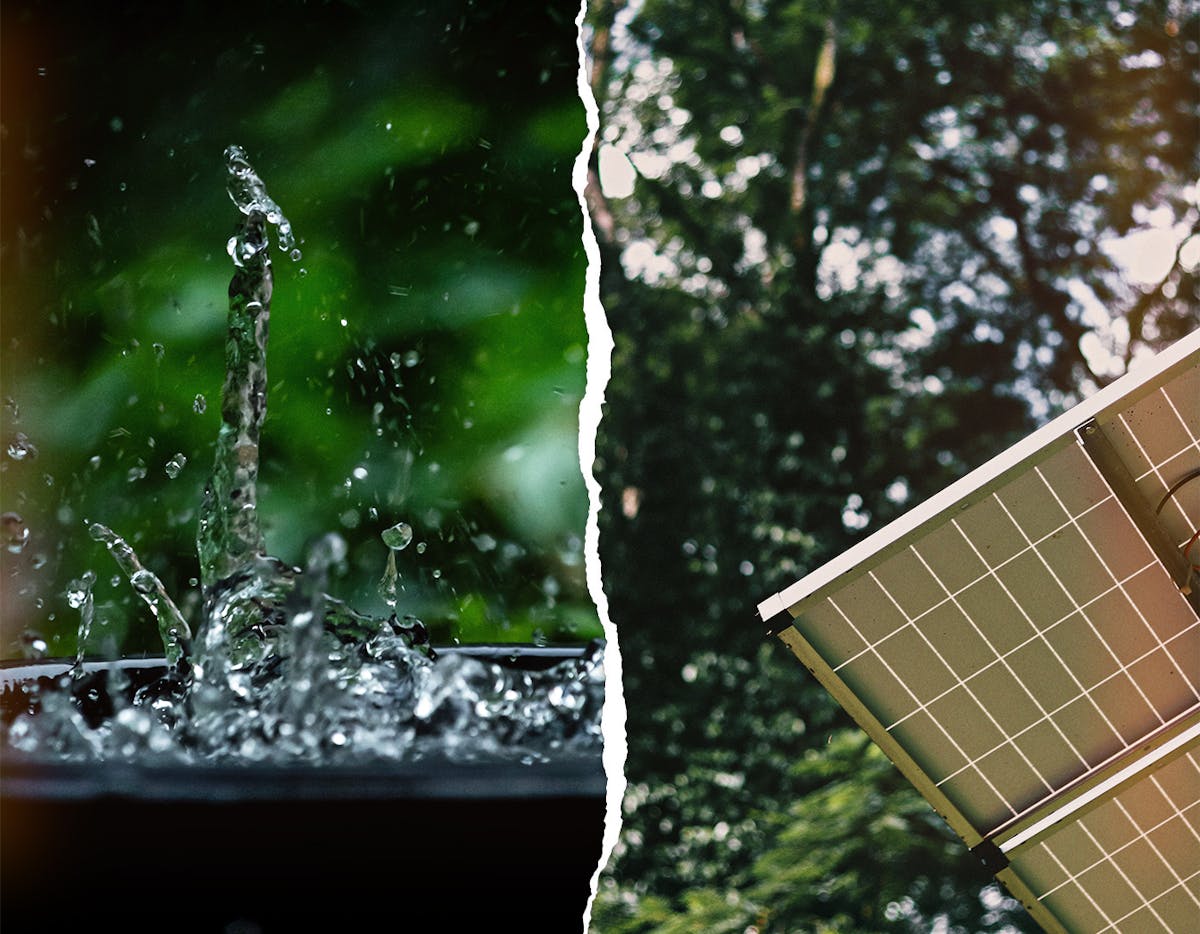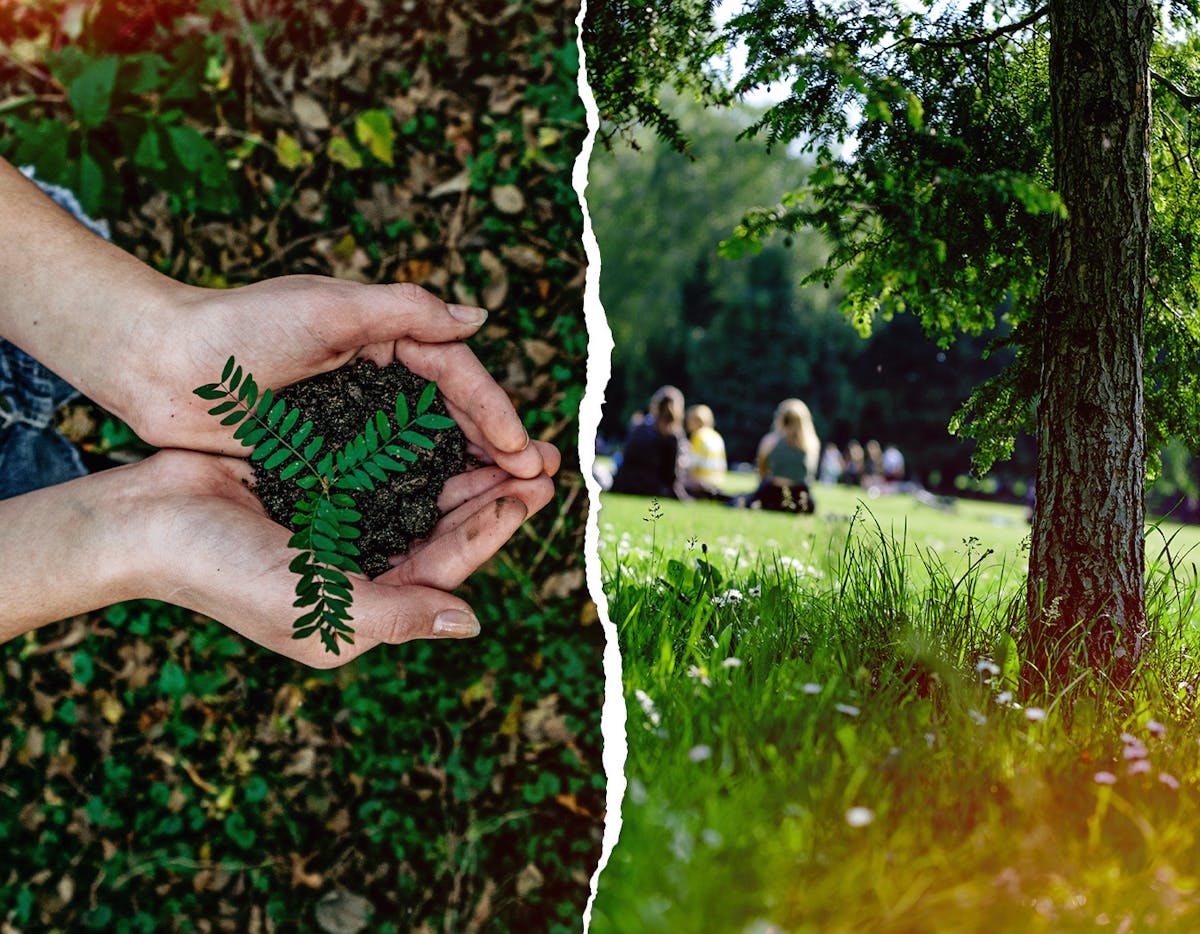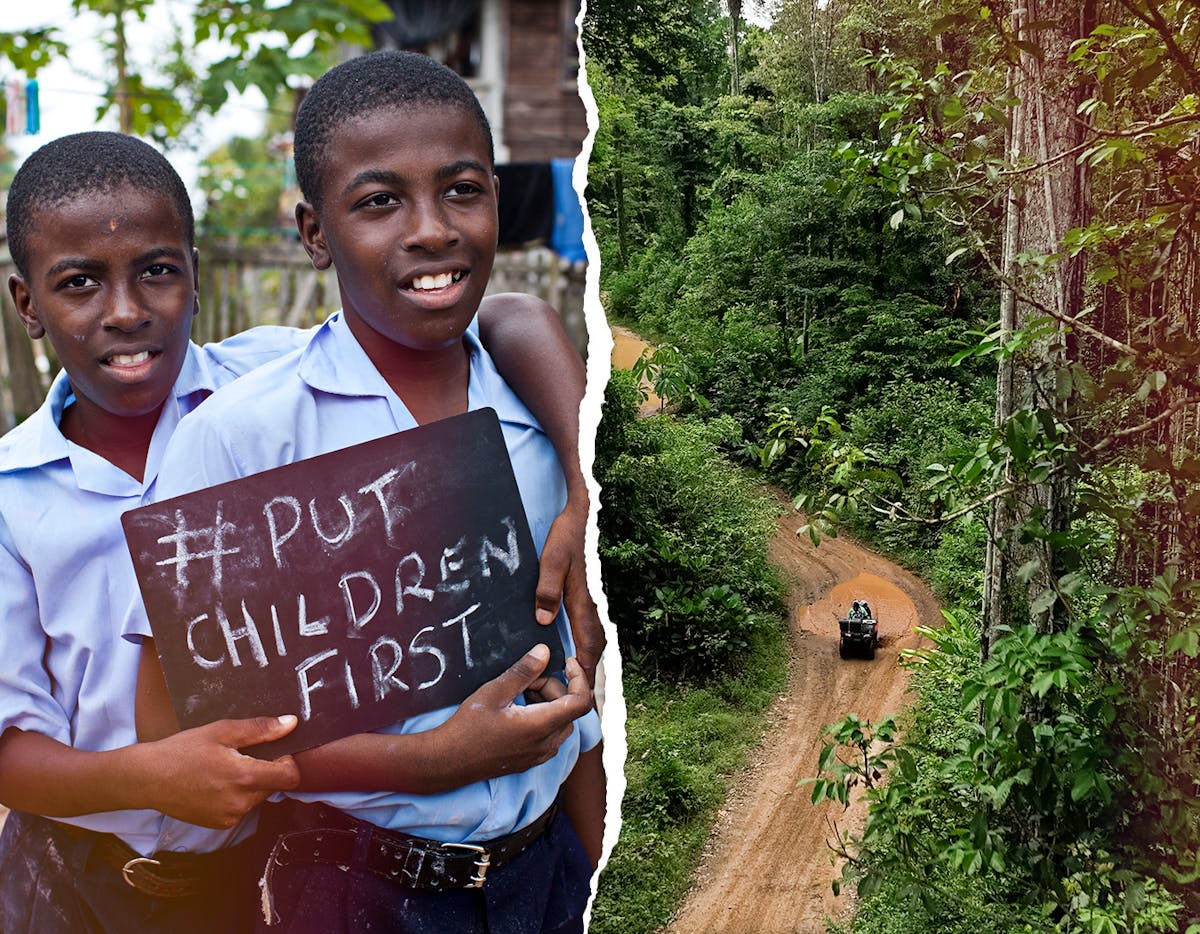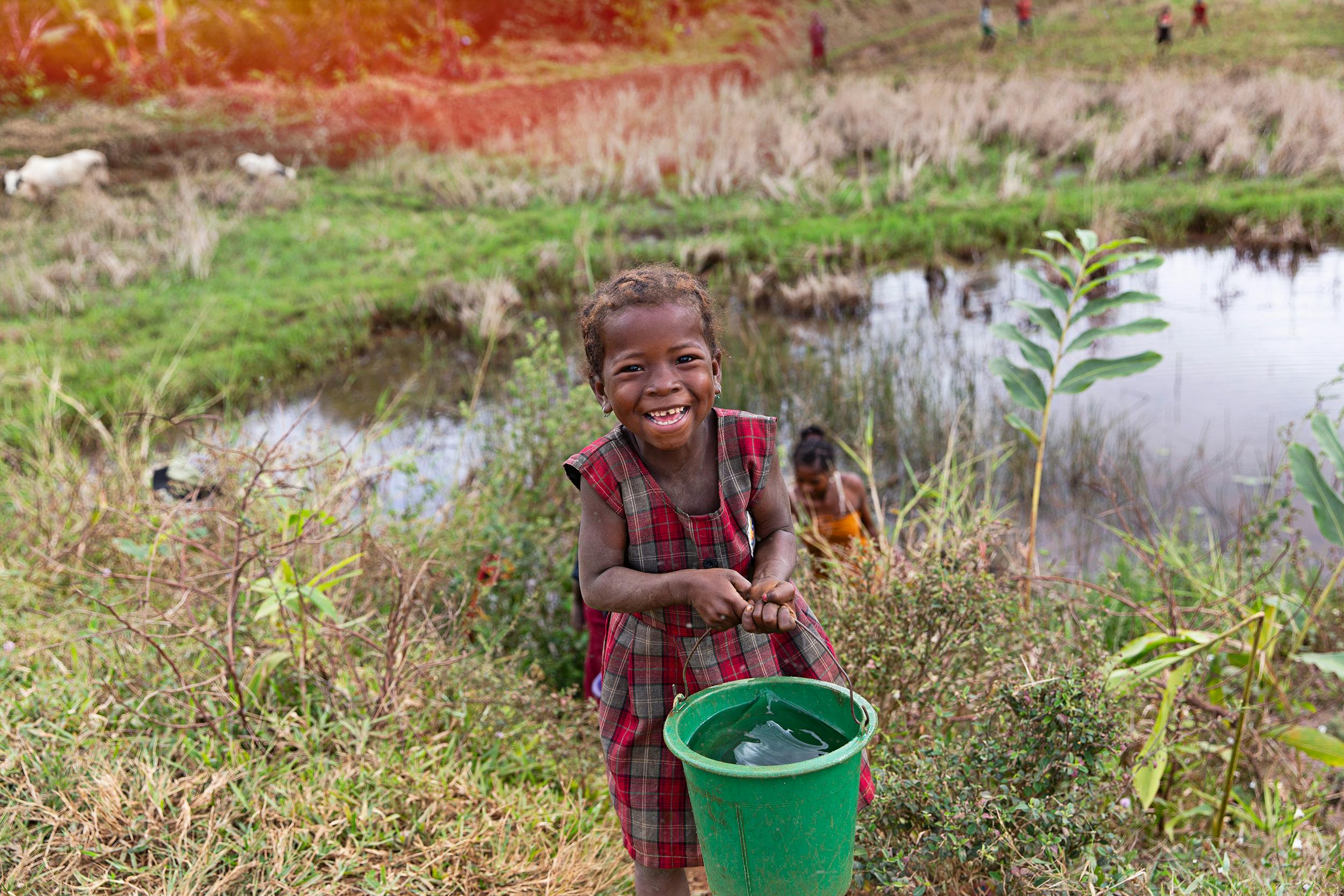
Putting Children's Futures First
Home
Stories
Putting Children's Futures First
Climate change is real and it’s happening now.
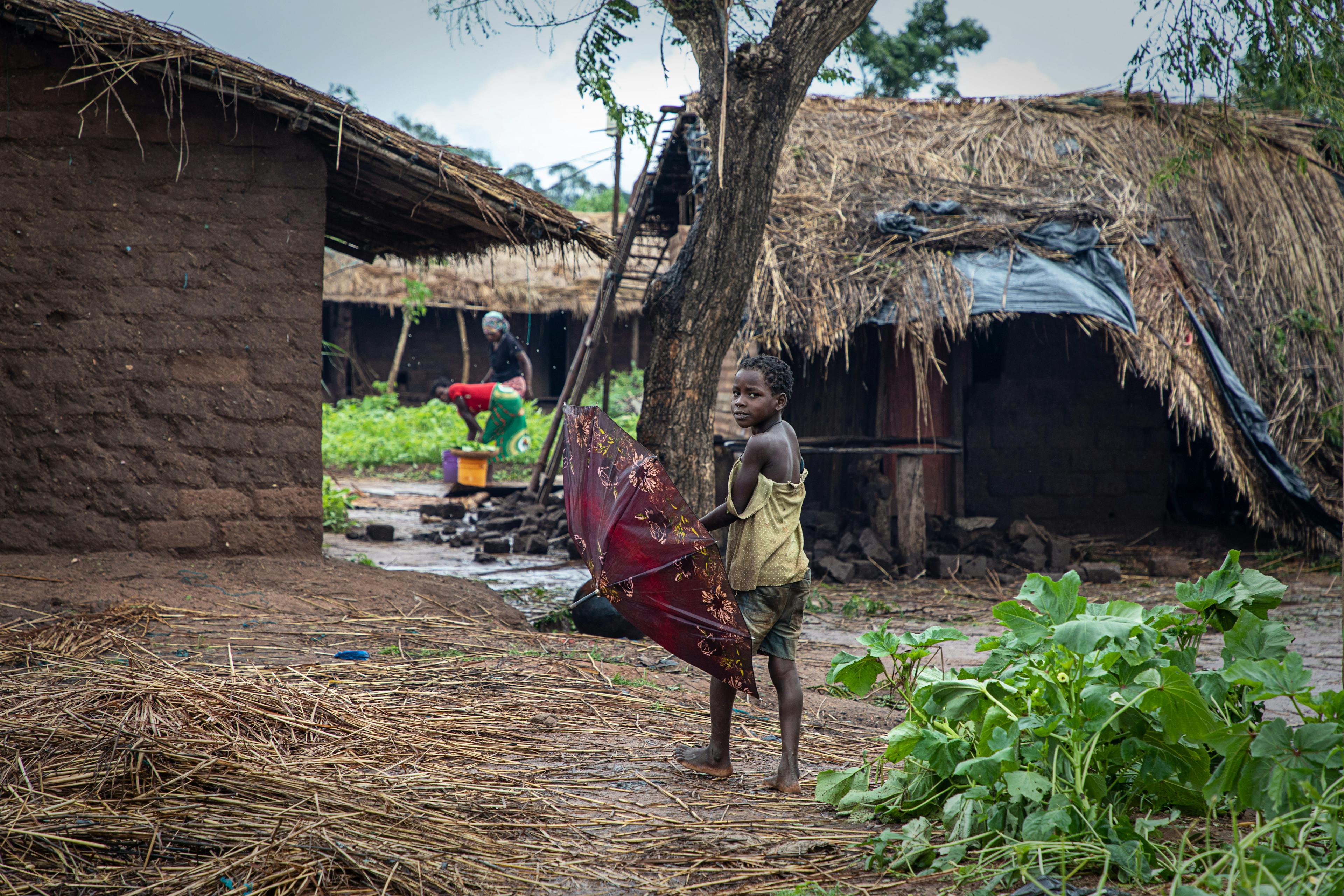
UN0606438
At least 90% of the world’s children are breathing polluted air. Severe drought and floods are destroying crops and forcing children to drink contaminated water. Cyclones and tsunamis are destroying shelters, and forcing families from their homes.
Every child’s right to a healthy environment is being stripped away by the climate crisis.
Now more than ever we need to listen to our young people who are rallying, protesting, and calling for leaders to act. In the words of UNICEF Aotearoa Young Ambassadors, “more climate action now!”
Children and young people are the least responsible for the climate crisis, but they’ll continue to bear the heaviest burden. The Declaration of Children, Youth and Climate Action is putting children at the heart of climate action and policy to protect their futures.
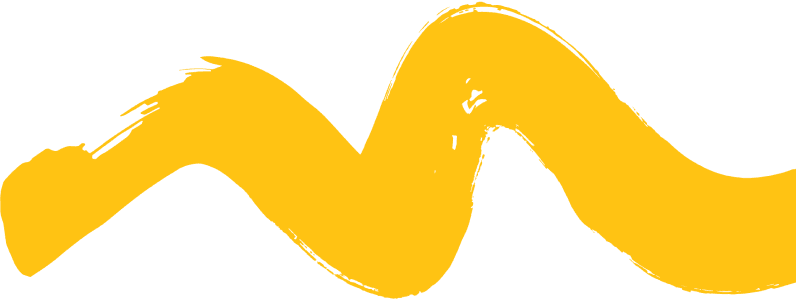
Spearheaded by young people from YOUNGO (a global network of youth climate-advocates) and finalised in collaboration with UNICEF, the Declaration is a first-of-its-kind set of commitments for Governments to consistently consider children’s specific needs, rights and perspectives in their climate policies and action at all levels.
It acknowledges that the climate crisis is a child rights crisis while recognising the enormous capacity of children and youth to be powerful agents of change! We need to give rangatahi a seat at the table, so that their unique voices are not only heard, but implemented in real, tangible ways.
So far 42 Governments have already signed on!
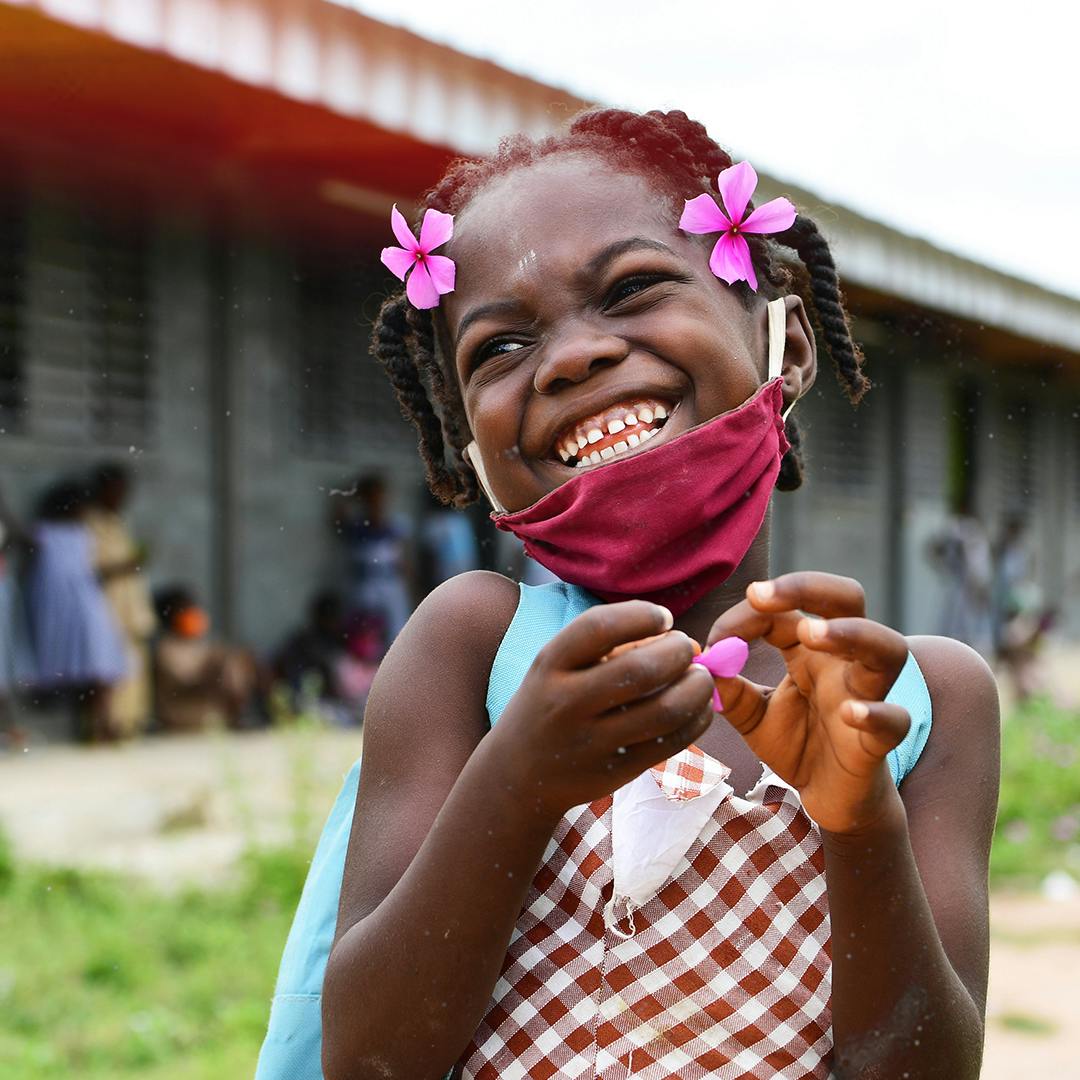
UNI334418
Declarations can be a powerful tool to inspire institutional change. When the New Zealand government signed the UN Declaration on the Rights of Indigenous Peoples, it committed to a journey of delivering better outcomes for tangata whenua and acknowledging their rights to choose their own future, their own identity, and to fully participate in all matters that concern them.
The Declaration of Children, Youth and Climate Action aspires do the same for the young people of Aotearoa by recognising their unique views and voices when creating climate legislation that will greatly affect their futures.
Read the full Declaration here and see below for some of the incredible work it’s inspired within governments around the world.
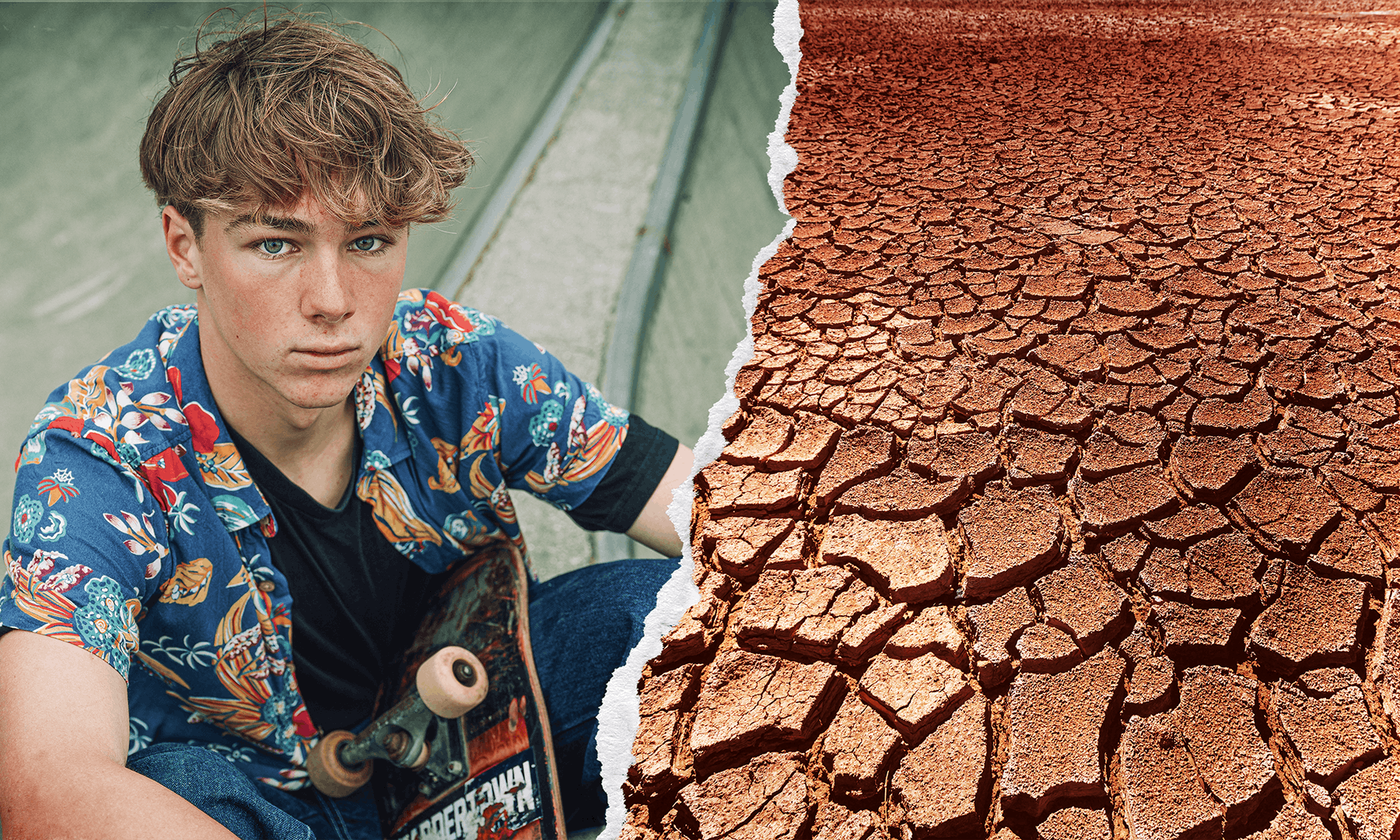
Declaring for Climate Action
We’ve created a petition asking the New Zealand government to declare the climate crisis a children’s emergency in parliament.
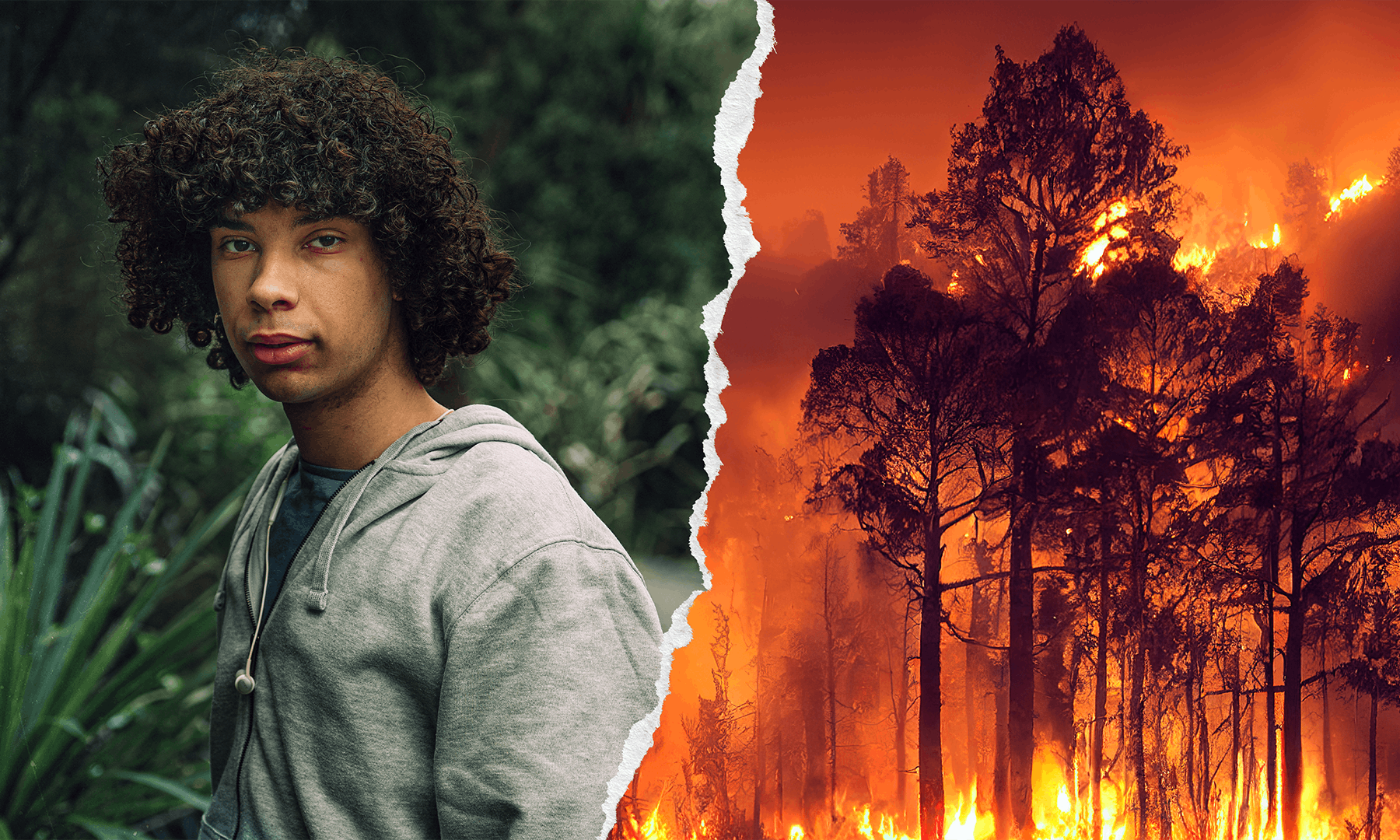
Amplifying Youth Voices on Climate
Children and young people have a critical voice in shaping the response to the climate crisis.
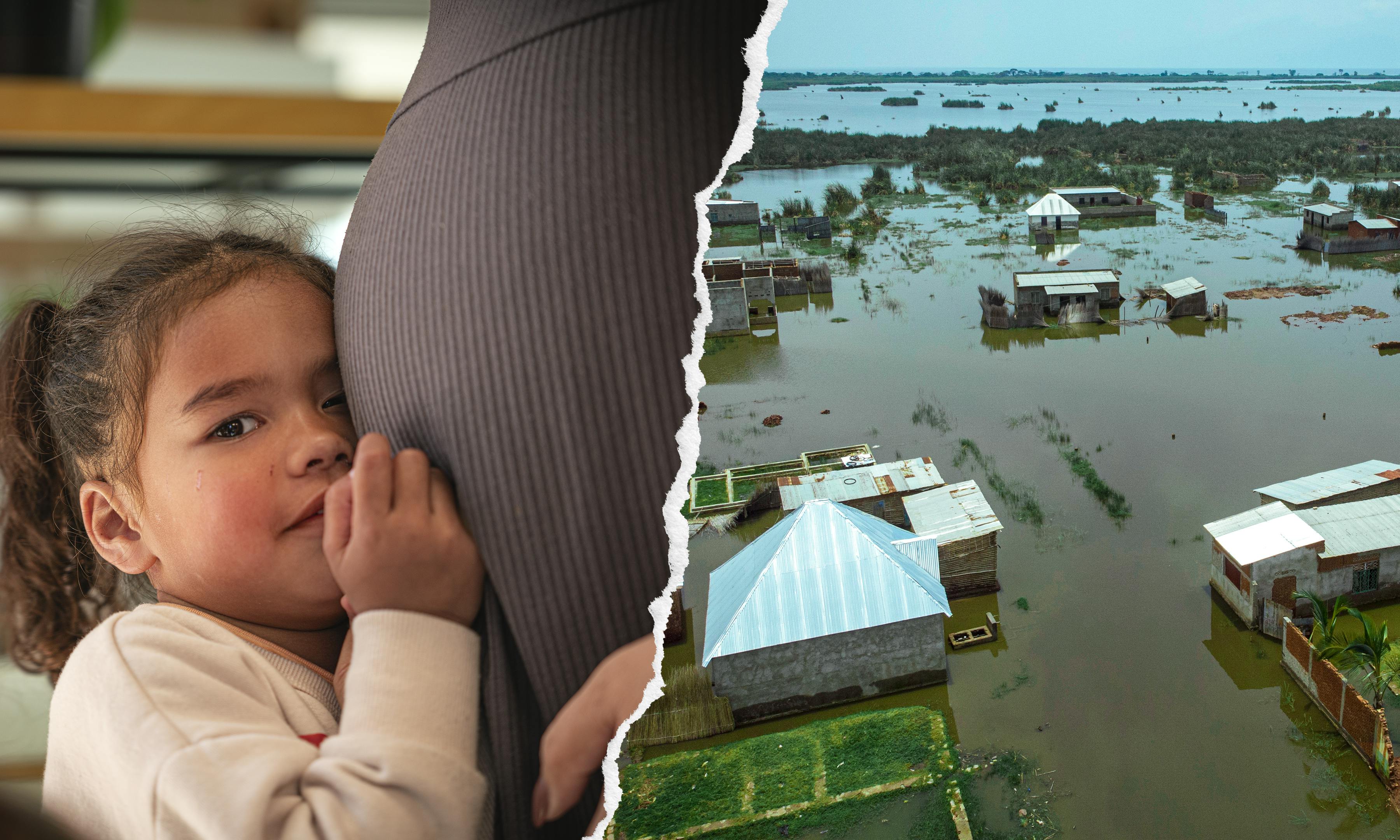
The Power of Petition
A symbol of group strength and a unified voice, petitions have brought about real action and change throughout the ages.
